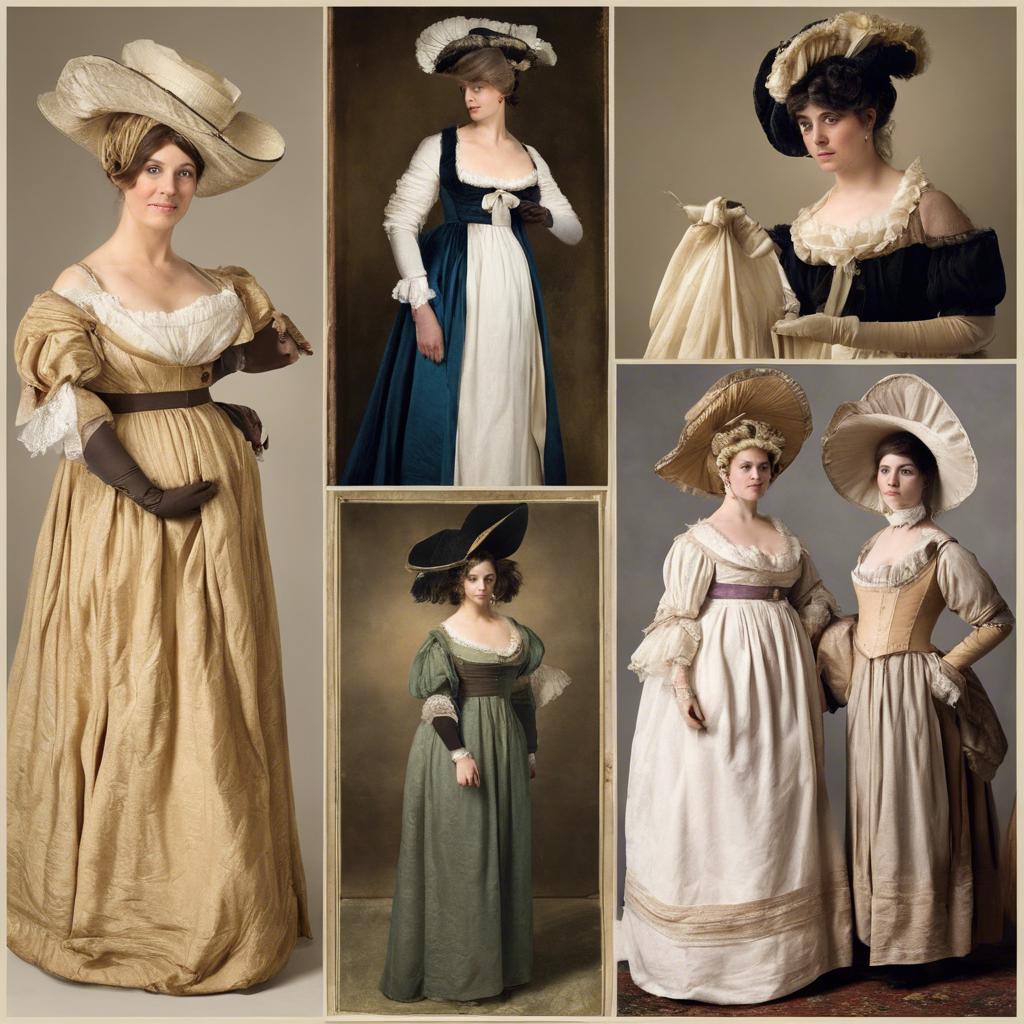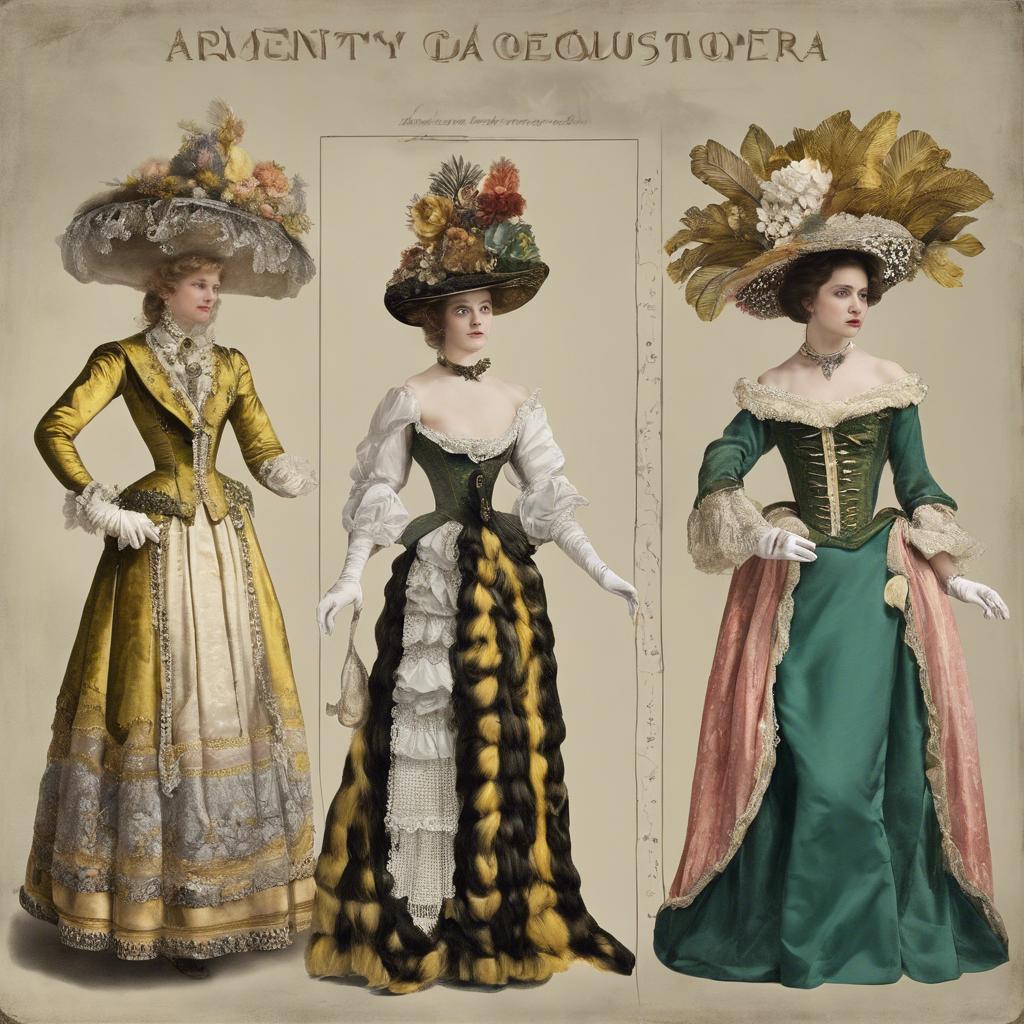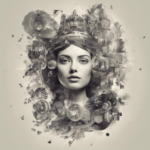During the Regency era, which spanned from 1811 to 1820, fashion and clothing played a crucial role in society, reflecting the political and social climate of the time. Regency era costumes were not only a means of sartorial expression but also symbolized one’s status and adherence to the strict social codes of the period. In this article, we will delve into the intricate details and significance of Regency era costumes, exploring the various trends, fabrics, and accessories that defined this iconic period in fashion history.
Step Into the World of Cheryl Bolen
Dive into the enchanting stories of love, intrigue, and elegance set in the Regency Era. Cheryl Bolen's novels offer timeless romance and captivating tales that will leave you wanting more.
Explore Cheryl Bolen's Books Now
Introduction: The Elegance and Sophistication of Regency Era Costumes
The Regency era, spanning from 1811 to 1820, was a time of elegance and sophistication in fashion. One of the most notable aspects of this period was the exquisite costumes worn by men and women alike. These costumes were characterized by their fine fabrics, flowing silhouettes, and intricate details that perfectly encapsulated the refined tastes of the time.
Women’s Regency era costumes were defined by their high waistlines, empire silhouettes, and delicate fabrics such as muslin and silk. These dresses often featured delicate floral embroidery, intricate lace trimmings, and flowing skirts that added a sense of grace and femininity to the wearer. Accessories such as gloves, bonnets, and shawls were essential to completing the look and adding an extra touch of sophistication.
On the other hand, men’s Regency era costumes were characterized by tailored coats, high collared shirts, and fitted trousers. The use of rich fabrics such as velvet and brocade, along with ornate embroidery and embellishments, added a sense of luxury and opulence to men’s attire. Accessories such as cravats, top hats, and walking sticks were common additions that further enhanced the elegant and dashing appearance of the Regency gentleman.
The Evolution of Regency Era Fashion: From Empire Waists to Ruffles
The fashion trends of the Regency Era were characterized by a shift from the structured and elaborate styles of the previous Georgian era to more fluid and elegant designs. One of the most iconic features of Regency fashion was the empire waist, which accentuated the natural waistline and created a flowing silhouette. This style was inspired by the classical drapery of ancient Greek and Roman garments, giving women a sense of freedom and movement in their attire.
As the Regency Era progressed, the fashion began to incorporate more intricate details, such as delicate lace trims and intricate embroidery. Ruffles became a popular embellishment, adding a touch of femininity and whimsy to dresses and gowns. Women of all social classes embraced these trends, with wealthy elites showcasing their wealth through luxurious fabrics and intricate designs, while working-class women found ways to mimic the styles with simpler materials and techniques.
Accessories also played a crucial role in completing the Regency look. Women often adorned themselves with delicate gloves, parasols, and intricate hair accessories, such as ribbons and combs. These accessories added a finishing touch to their outfits and showcased their attention to detail and fashion sensibility.
Materials and Colors: A Guide to Authentic Regency Era Costume Construction
In constructing authentic Regency era costumes, it is essential to regency era houses for sale”>pay close attention to the materials and colors used. During the Regency period, fashion was characterized by simplicity and elegance, with a focus on light, flowing fabrics and muted colors. When creating a costume from this era, it is important to select materials that are historically accurate and will help achieve the desired silhouette.
For women’s Regency era costumes, lightweight materials such as muslin, silk, and fine cotton were commonly used. These fabrics were chosen for their ability to drape beautifully and create the soft, flowing lines that were popular during the period. When selecting colors for a Regency gown, pastel shades such as pale pink, light blue, and soft yellow were popular choices. These colors were often accented with delicate floral prints or subtle stripes.
Men’s Regency era costumes also followed a similar aesthetic, with a focus on simplicity and elegance. For men’s clothing, materials such as wool, linen, and silk were commonly used. These fabrics were chosen for their ability to create structured garments that emphasized the masculine silhouette. When selecting colors for a Regency era men’s costume, subdued tones such as navy blue, charcoal grey, and olive green were popular choices. These colors were often accented with subtle patterns such as pinstripes or small checks.
Accessories and Hairstyles: Completing the Regency Era Look
During the Regency Era, both men and women paid careful attention to their accessories and hairstyles to complete their overall look. Accessories were an essential part of any outfit, adding flair and elegance to the ensemble. For women, popular accessories included bonnets, parasols, gloves, and fans. These items not only served a functional purpose but also added to the overall aesthetic of the outfit.
When it came to hairstyles, women often wore their hair in intricate updos or loose curls. Some popular hairstyles included the classic Regency curls, the Grecian knot, and the simple chignon. These hairstyles were often adorned with ribbons, flowers, or small combs to add a touch of elegance. Men, on the other hand, often wore their hair in short, natural styles with little to no adornments.
Whether you are attending a Regency Era-themed event or simply want to embody the style of the time period, paying attention to your accessories and hairstyles is key. By incorporating bonnets, gloves, and fans into your outfit, as well as styling your hair in a classic Regency updo or loose curls, you can truly complete the Regency Era look. Remember, the devil is in the details, so don’t forget to pay attention to the little touches that make all the difference.
The Way Forward
the Regency era costumes were a reflection of the refined elegance and sophistication of the period. From the fashion plates of the day to the exquisite details of the garments themselves, these costumes captured the essence of the early 19th century. Whether worn by ladies attending a grand ball or gentlemen strolling through the streets of London, these costumes continue to captivate us with their timeless beauty and grace. As we look back on this era, let us appreciate the artistry and craftsmanship that went into creating these stunning ensembles. The legacy of Regency era costumes lives on, inspiring us to embrace a sense of tradition and style in our own wardrobes.


